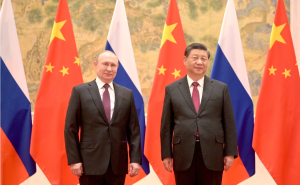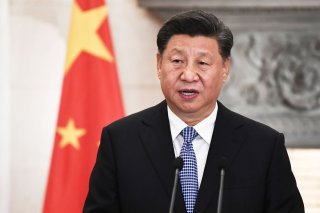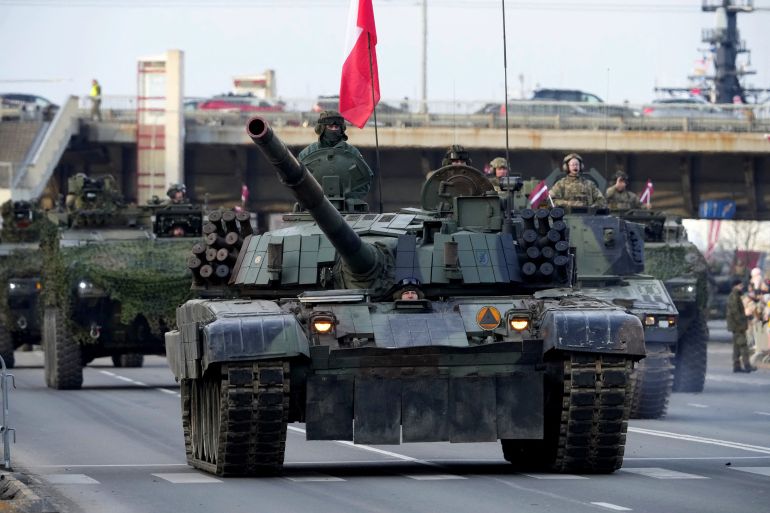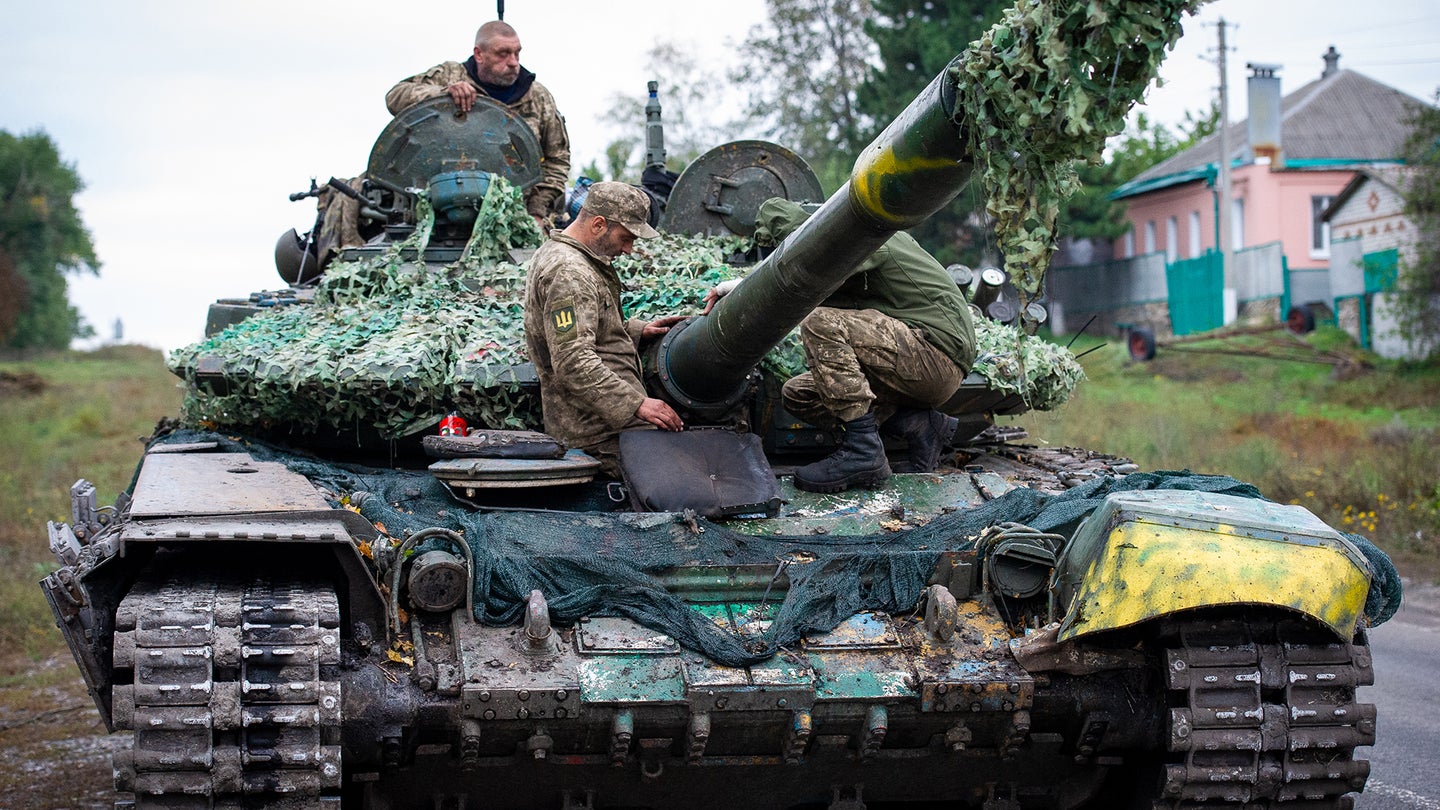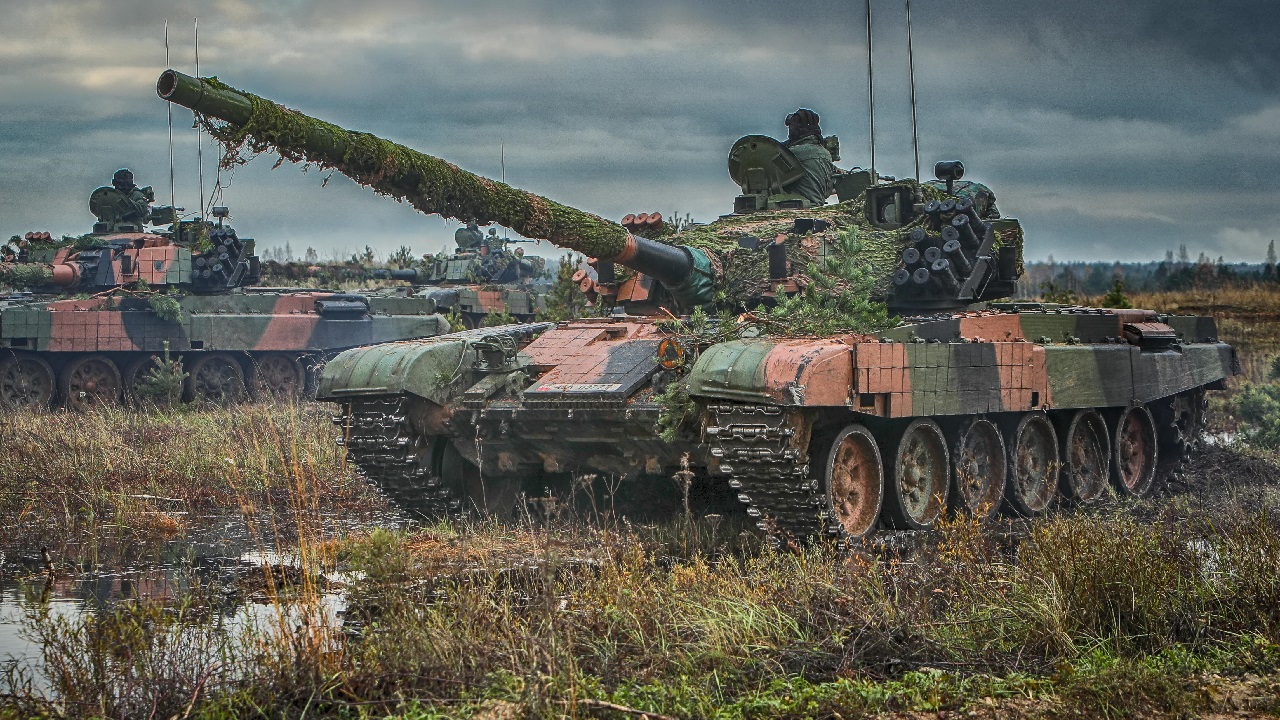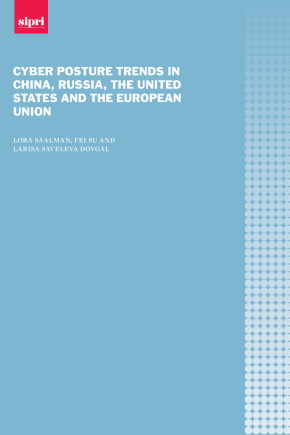This is the first day of year 2023. It is a good time to welcome it with an article on the inter-connectivity gaps of the Horn of Africa States, highlighting what they have been telling the region to do and what it should actually be doing, if it has to move forward and close the gaps that are apparently obstacles to the region’s further development.
Obviously, the region has a long coast, some 4,700 km and it enjoys a vast territory of nearly 2 million square kilometers. This vast territory consists of agricultural spaces and mountains and plains, rivers and lakes, forests and dry lands, almost desertic. It lounges near a major ocean and overlooks one of the main sea-lanes of the world and a narrow strait that is as important as the Suez Canal for international trade. The region is not empty of people, either. It enjoys a youthful population of some 160 million who live in thousands of villages, towns and cities, and/or are scattered nomadic settlements. The region, nevertheless, lacks inter-connectivity among these thousands of villages, towns and cities and these scattered rural populations.
Hence service provisions, transportation of goods, and movement of people in the region are limited at best. Cross capital and investments within the SEED countries of the region are also hampered by lack of the necessary regional investment laws and protective rules and regulations. It would not be easy to manage all of the above drawbacks within a short period of time, but addressing them, however, is a must if the region has to change its status from its currently disparate single unitary states to a co-ordinated collaborative region on all fronts. An awakening to the realization that there is nothing really terrible to prevent this happening is not apparent. Less than two hundred years ago, there was no such man-made constraints, fake nationalisms and/or borders. Anyone in the region could travel and settle anywhere one chose and start to live and trade and invest and/or start a family within the region and there is no reason the region cannot re-invigorate those long-ago connections.


